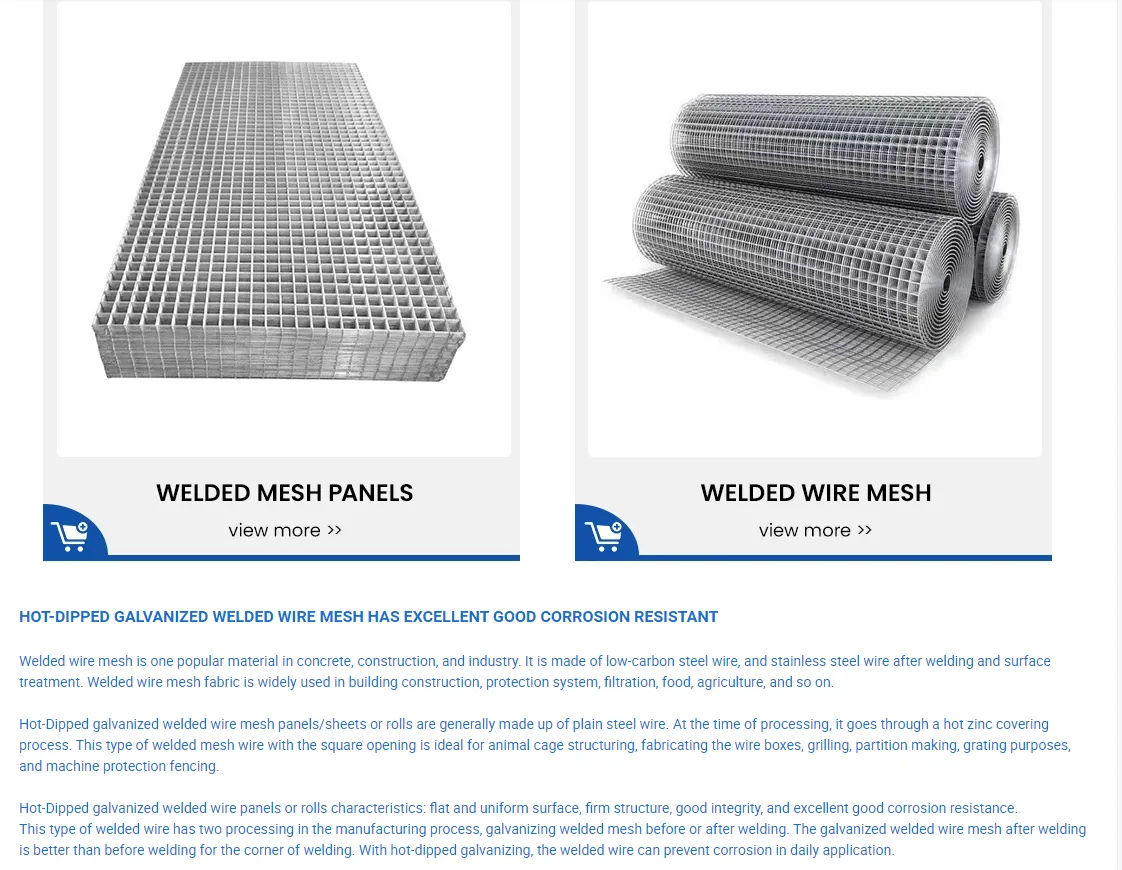Understanding Mezzanine Grating A Comprehensive Overview
Mezzanine grating systems have become an essential component in various industrial applications, particularly in settings that require efficient space utilization and safe access to elevated areas. Acting as intermediate flooring levels between main floors, mezzanine spaces are often enhanced through the integration of grating materials, which fulfill both functional and aesthetic roles.
What is Mezzanine Grating?
Mezzanine grating refers to a flooring solution typically made from materials such as steel, aluminum, or fiberglass. The design features a series of openings that allow for the passage of air, light, and drainage while providing a robust platform for foot traffic. The grating is often installed in warehouses, manufacturing facilities, and retail spaces, where maximizing vertical space is necessary.
Benefits of Mezzanine Grating
One of the primary advantages of mezzanine grating is its strength-to-weight ratio. Steel grating, for example, is incredibly durable and can support significant loads while remaining lightweight enough to reduce structural stress on the supporting beams. This quality is particularly important in busy environments where heavy equipment and personnel movement are constant.
Mezzanine grating systems are also designed to promote safety. The open design minimizes the accumulation of debris and allows for easy cleaning. Additionally, grating materials often feature slip-resistant surfaces that enhance traction, reducing the risk of workplace accidents. This is crucial in industrial settings where spills and other hazards can easily occur.
Versatility in Design
mezzanine grating

Mezzanine grating systems are incredibly versatile, allowing for customization to suit specific operational needs. Various sizes, materials, and finishes are available, enabling companies to select the right grating option based on their unique requirements. For instance, fiberglass grating might be preferred in environments where chemical resistance is critical, while steel grating could be ideal for heavy-duty applications.
Furthermore, mezzanine grating can be adapted for a range of uses beyond simple floor space. It can serve as platforms for storage, machinery, or even as viewing galleries in entertainment venues. Flexible design options enable businesses to create unique layouts that maximize efficiency and utility.
Installation and Maintenance
The installation of mezzanine grating is a straightforward process, particularly when working with pre-manufactured systems that can be assembled on-site. Proper installation ensures that the grating adheres to safety standards and building codes, an essential aspect for compliance in industrial environments.
Maintaining mezzanine grating requires minimal effort. Regular inspections and cleanings can help identify wear or damage, ensuring safety and prolonging the lifespan of the material. Depending on the environment, it may be necessary to treat the grating to resist corrosion or other forms of degradation, especially in facilities where exposure to harsh elements is common.
Conclusion
Mezzanine grating systems offer a multitude of benefits, combining strength, safety, and versatility in various applications. By enabling efficient space utilization and ensuring a safe working environment, they are vital components in modern industrial settings. As industries continue to evolve, the role of mezzanine grating will undoubtedly become increasingly significant, reinforcing its place as a key element in optimizing operational efficiency.
-
Why Galvanized Trench Cover Steel Grating Resists Corrosion
NewsJul.10,2025
-
The Versatility and Strength of Stainless Expanded Metal Mesh
NewsJul.10,2025
-
Load Calculations in Steel Grating Platforms
NewsJul.10,2025
-
Keeping Pets and Kids Safe with Chicken Wire Deck Railing
NewsJul.10,2025
-
Hole Diameter and Pitch for Round Perforated Metal Sheets
NewsJul.10,2025
-
Aluminium Diamond Mesh in Modern Architecture
NewsJul.10,2025
Subscribe now!
Stay up to date with the latest on Fry Steeland industry news.

